Description
Corrosion coupons play a crucial role in the oil and gas industry, providing valuable information about the corrosion rate and the condition of pipelines. This comprehensive guide will cover various types of corrosion coupons, their applications, and factors to consider when using them. By understanding the importance and proper use of corrosion coupons, industry professionals can ensure pipeline integrity and prevent costly failures.
Introduction to Corrosion Coupons
Corrosion coupons are essential tools in detecting pipeline corrosion in the oil and gas industry. They help monitor and measure the rate of corrosion in pipelines, providing vital information for maintenance and prevention strategies. The corrosion coupons are initially intact, with their initial weight recorded before being placed into the pipelines for a specific duration, typically 30, 60, or 90 days. After exposure to the pipeline’s corrosive environment, their weight loss indicates the rate of corrosion, enabling accurate assessments of pipeline conditions.
Types of Corrosion Coupons and Materials
There are several types of corrosion coupons, each with specific applications and features:
Strip coupon: The most commonly used coupon for most evaluations, typically measuring 3″ x 3/4″ x 1/16″ with two mounting holes.
Multihole coupon: Designed for use with low-pressure access equipment or narrow ports where a standard 3/4″ wide coupon can’t pass, also measuring 3″ x 3/4″ x 1/16″ with two mounting holes.
Disc coupon: Circular coupons used in stacked multiple disc monitoring applications, with a diameter of 1.25″ and a thickness of 1/16″, featuring a single mounting hole.
Material selection is also crucial when choosing corrosion coupons. Common materials include low-carbon steel, stainless steel, and other alloys. It’s essential to use corrosion coupons made from the same material as the pipe to ensure accurate results.
Recommended Coupon with Valve: Removable Corrosion Coupon
A removable corrosion coupon with a valve is recommended for most applications. It can be connected via welding or flange connection, making it suitable for a variety of situations. This type of coupon can be removed using disassembly tools, offering a cost-effective solution compared to other corrosion coupons that require specialized tools for removal.
Causes of Pipeline Corrosion
Pipeline corrosion in the oil and gas industry can be attributed to a combination of chemical and biological factors, each contributing to the overall degradation of the pipeline’s integrity.
Chemical Factors
Oxygen: The presence of oxygen in the pipeline environment can lead to oxidation reactions, resulting in the formation of rust and other corrosive byproducts. Oxygen can dissolve in water and then react with the metal surface, causing corrosion. Pipelines transporting natural gas and oil often contain water, making oxygen-induced corrosion a common issue.
Corrosive Gases: The presence of hydrogen sulfide (H2S) and carbon dioxide (CO2) in oil and gas pipelines can lead to corrosive reactions. H2S forms sulfuric acid, while CO2 forms carbonic acid. These acids react with the metal surface, causing corrosion and pitting on the pipeline’s internal surface.
Chlorides: Chloride ions, which are often present in saline water, can lead to localized pitting corrosion, especially in stainless steel pipelines. Chloride ions break down the passive oxide layer on the metal surface, leaving it vulnerable to corrosion.
Galvanic Corrosion: When two dissimilar metals are in electrical contact, they create a galvanic cell that can accelerate the corrosion of the less noble metal. This phenomenon is common in pipelines where different metals or alloys are used for various components.
Erosion Corrosion: High flow rates, turbulence, or the presence of abrasive particles within the pipeline can result in erosion corrosion. This process involves the mechanical removal of the protective oxide layer, exposing the bare metal surface to the corrosive environment.
Calculating Corrosion Rate
To calculate the corrosion rate, use the following formula for weightlessness coupon corrosion rate:
Corrosion rate (mpy) = [22,300 x loss weight(g)] / [Metal density (g/cm³) x coupon area (square inches) x time (days)]
In this formula, the loss weight represents the difference between the initial weight and the weight after cleaning, metal density refers to the density of the metal or alloy, coupon area refers to the area of the coupon exposed to the corrosive medium, and time represents the number of days between installation and removal.
Factors to Consider when Using Corrosion Coupons
When using corrosion coupons, it’s essential to consider their positioning, quantity, and removal timing:
Positioning: Install corrosion coupons at different heights within the pipeline, as the concentration of impurities varies. Place them at the top, middle, and bottom sections, ensuring equal distance between them.
Quantity: Multiple coupons should be used to test various locations within the pipeline for an accurate representation of corrosion.
Removal Timing: Avoid removing the coupons too early or too late, as this can affect the accuracy of the corrosion test. Monitor both the 6 O’clock and 12 O’clock positions, and position the coupons in high, middle, and low positions for the best representation of substance flow within the pipe.
Coupon Sizes and Applications
Each type of corrosion coupon has specific sizes and applications:
Strip coupon: Measures 3″ x 3/4″ x 1/16″ with two mounting holes and is commonly used for general evaluations.
Multihole coupon: Measures 3″ x 3/4″ x 1/16″ with two mounting holes and is designed for use with low-pressure access equipment or narrow ports.
Disc coupon: Measures 1.25″ in diameter and 1/16″ in thickness with a single mounting hole, used in multiple disc monitoring applications.

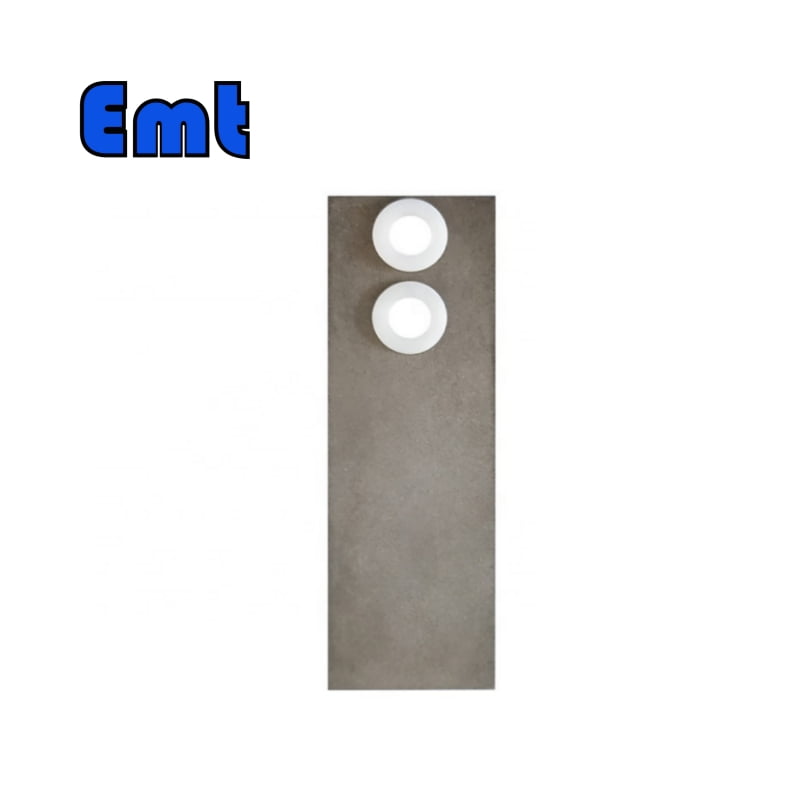
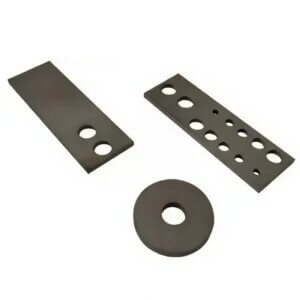
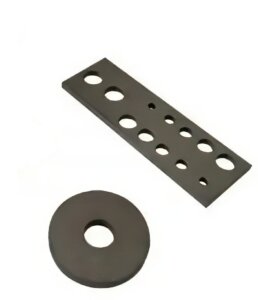
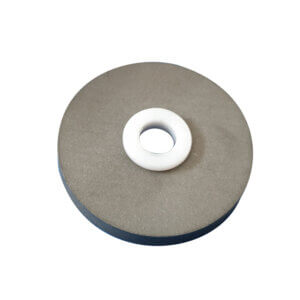
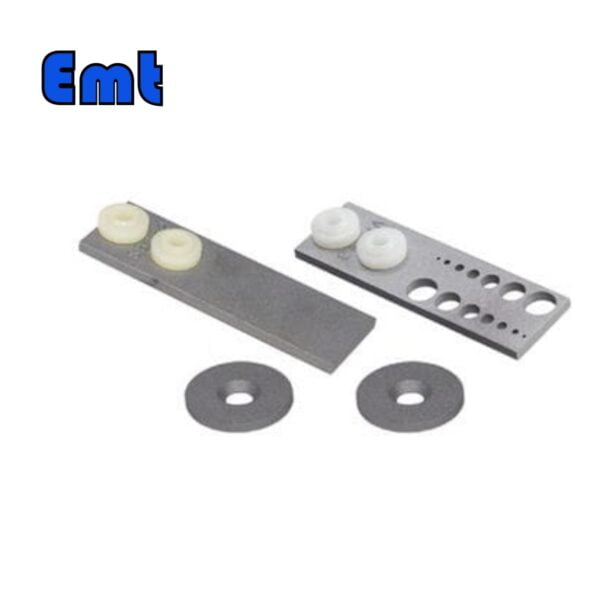
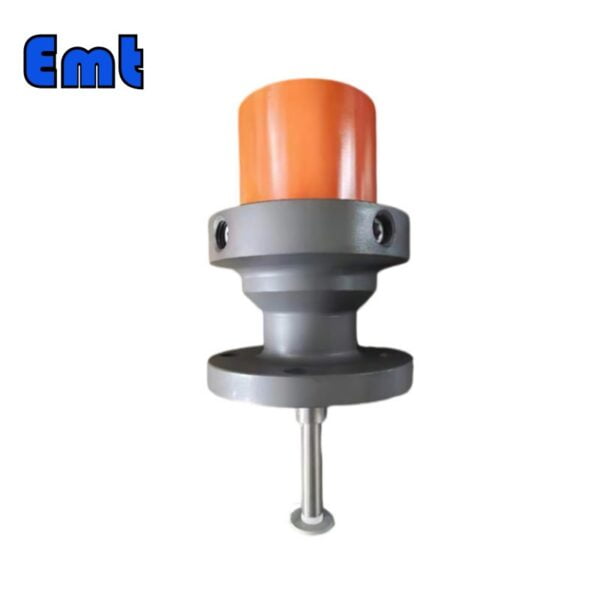
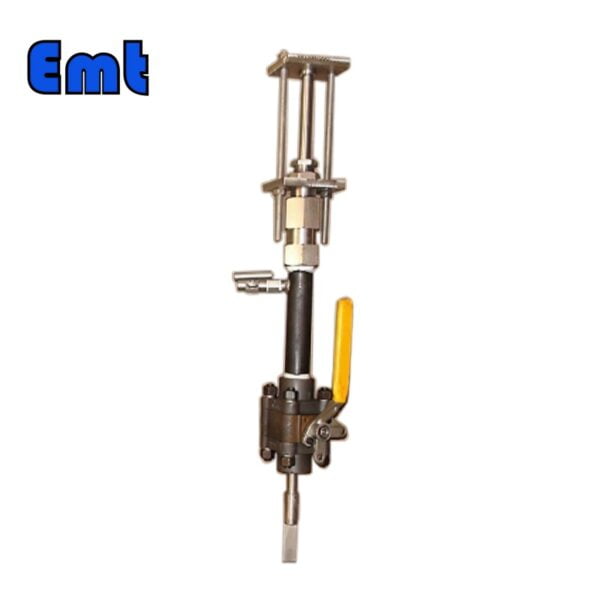
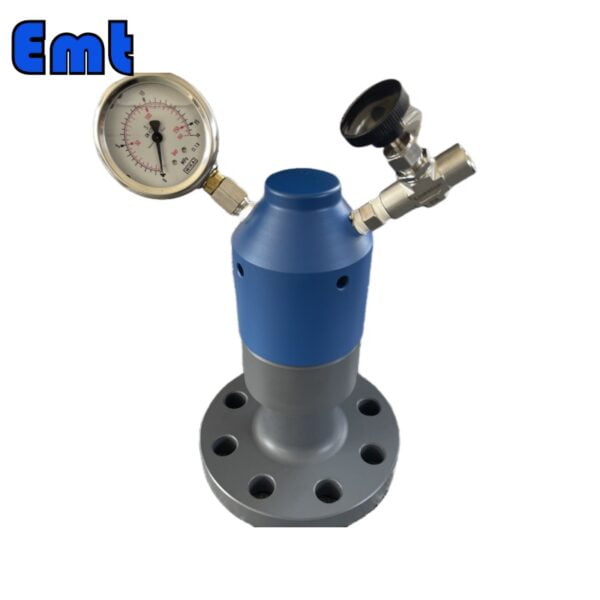
Reviews
There are no reviews yet.